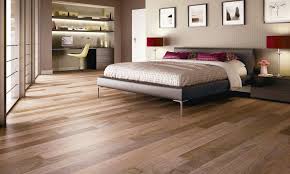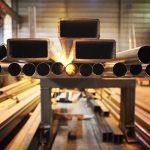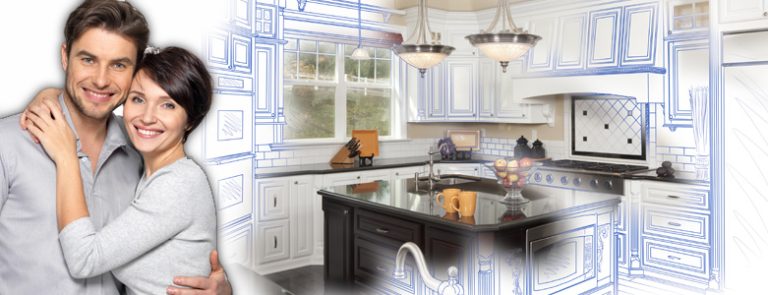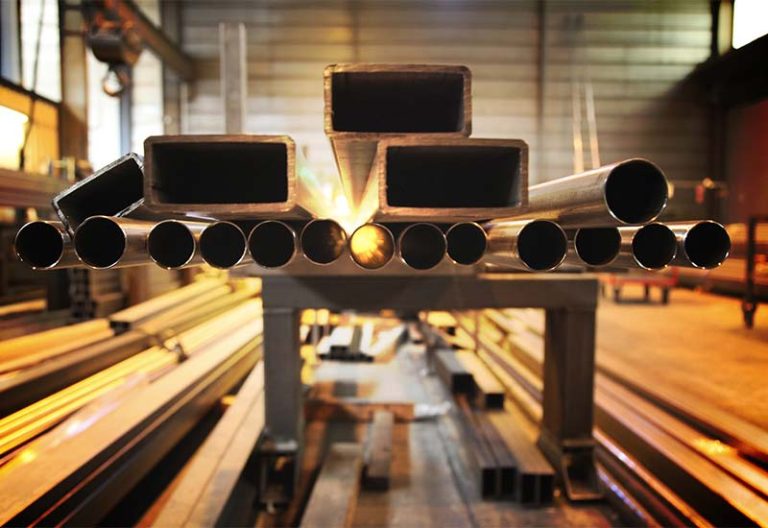When it comes to interior design, flooring plays a pivotal role in setting the tone and ambiance of a space. Among the various flooring options available today, engineered wood flooring stands out as the secret to achieving timeless elegance. The world of engineered wood flooring explores its characteristics, benefits, installation, and maintenance. By the end of this article, you’ll have a deeper understanding of why engineered wood flooring is the go-to choice for those seeking both beauty and durability in their homes.
An engineered wood flooring is a versatile and sophisticated flooring option that mimics the look of solid hardwood while offering unique advantages. Unlike traditional hardwood, which is a solid piece of wood, engineered wood consists of multiple layers. Let’s break down these layers:
- Top Layer
The top layer of engineered wood flooring is a thin veneer of real hardwood, providing the authentic appearance and texture of solid wood. This layer is responsible for the stunning visual appeal that engineered wood offers.
- Core Layers
Beneath the top layer are several core layers, usually made of plywood or high-density fiberboard (HDF). These layers give the flooring stability and durability while preventing it from warping or expanding due to moisture.
- Bottom Layer
The bottom layer acts as a balance layer, further enhancing the flooring’s structural integrity. It helps to counteract the effects of temperature and humidity fluctuations.

Advantages of Engineered Wood Flooring
Now that we understand its composition, let’s explore the numerous advantages of choosing engineered wood flooring:
- Elegance and Aesthetics
Engineered wood flooring exudes timeless elegance. Its real wood veneer lends a touch of luxury to any space, making it a perfect choice for both traditional and modern interiors.
- Durability
Thanks to its layered construction, engineered wood is highly durable. It can withstand heavy foot traffic, making it suitable for both residential and commercial spaces.
- Moisture Resistance
Engineered wood is less susceptible to moisture damage compared to solid hardwood. This makes it an ideal choice for kitchens, bathrooms, and other areas prone to humidity.
- Versatility
This flooring option comes in a wide range of wood species, finishes, and colors, allowing you to find the perfect match for your interior design preferences.
- Easy Installation
Engineered wood flooring often features a click-and-lock installation system, making it easier and quicker to install compared to traditional hardwood.
Installing Engineered Wood Flooring
Now that you’re convinced of its benefits, let’s discuss the installation process:
- Subfloor Preparation
Ensure the subfloor is clean, level, and dry. Any imperfections or moisture issues should be addressed before installation.
- Acclimation
Allow the flooring to acclimate to the room’s temperature and humidity for at least 48 hours before installation.
- Installation Methods
Choose between the glue-down, nail-down, or floating installation method, depending on your preferences and the manufacturer’s recommendations.
- Professional Help
For a flawless installation, consider hiring a professional flooring installer who is experienced with engineered wood flooring.
Conclusion
In the world of flooring options, engineered wood flooring shines as the secret to timeless elegance. Its beauty, durability, and versatility make it a popular choice among homeowners and designers alike.


















